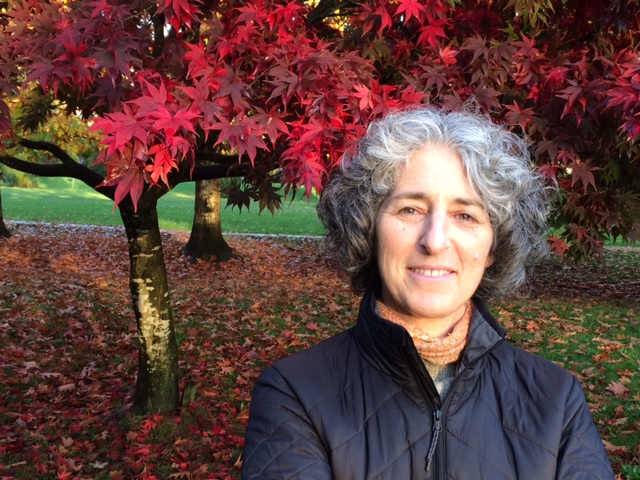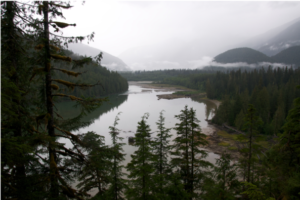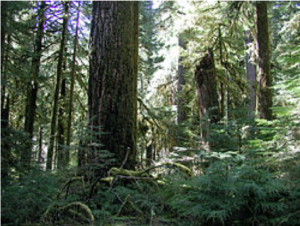Now, more than ever before, we need voices to speak for the trees. Our forests are, quite literally, the lungs of the planet yet they are becoming increasingly compromised in the face of climate change, degradation, wildfires, and deforestation campaigns. As such, the efforts to preserve and protect woodlands are ever more valuable, and the benefits from their conservation are increasingly vast.

Valerie Langer is a champion of forests across the globe, though has largely focused her conservation work in British Columbia (BC), Canada. For over 30 years her expertise has engaged citizens and customers across BC to influence logging campaigns and promote protection measures against tree harvest. By targeting the market base for industries dependent on forest fibre, Valerie has effectively swayed wood and paper purchases in Canada to prioritize recycled, Forest Stewardship Council (FSC) certified alternatives and non-wood pulp fibres.

As well, Valerie’s most recent work as the lead consultant for Canopy, a premier advocate for forest conservation and solution-based advising of forest industry consumers, has reached international recognition with the World Economic 
With investments nearing $69 billion, Valerie and her team’s plan outlines an ambitious goal to achieve a 50% reduction in forest fiber demand. Beyond simply targeting a single component of forestry or wood generation, Valerie’s plan goes much further:
“It proposes to transform the global wood pulp commodity sector and its supply chain at precisely the scope and scale of its current impact on forests. The gravity of the challenges we face today warrant nothing less than bold ambition; there is no point in embarking on cosmetic changes at this time in history. It will require ingenuity, determination and good will – and new infrastructure and investment. The investment needed is not inconsiderable, but it pales in comparison to the cost of inaction (p.3).”


